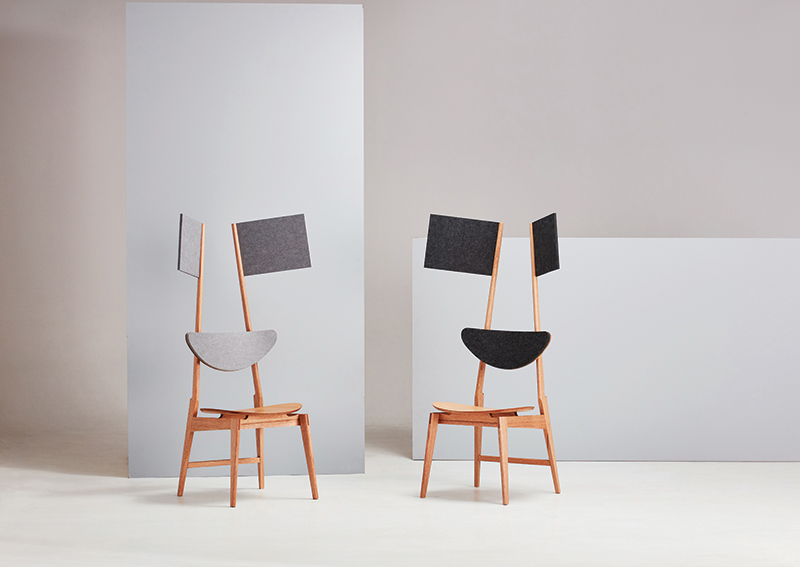JamFactory's Adelaide Modern

JamFactory, in collaboration with the University of South Australia, recently opened their latest exhibition Adelaide Modern.
Six contemporary designers including Caren Elliss, Takeshi Iue, Peter Walker, studio-gram, Williams Burton Leopardi, and Enoki, and six teams of JamFactory Furniture Studio Associates and University of South Australia design students were invited to respond to six pieces of mid-century furniture produced by six South Australian manufacturers; T.H. Brown & Sons, Leo Conci & Sons, ER Noblett and Sons, FLER Co & Staff, Macrob, and Kerby.
The exhibition is presented in three parts: The Past, The Present and The Future. Part one of the show, The Past, celebrates South Australia’s mid-twentieth century furniture design and manufacturing, showcasing iconic, locally-made modernist pieces from various private collections. Part two, The Present, contains the contemporary responses made by South Australian designers to these vintage furniture pieces. Finally, part three, The Future, is an exploration through research and prototyping by design students from The University of South Australia and JamFactory Furniture Studio associates.

The exhibition was an opportunity for the design students to collaborate and has produced beautiful pieces of contemporary and avant-garde furniture inspired by some of the state’s greatest manufacturers. In her catalogue essay for the show, University of South Australia Pro Vice Chancellor Joanne Cys explained, “[t]he students and associates conducted research into the South Australian manufacturers of the six mid-century pieces.
Together they shared information about the manufacturing methods, capabilities, products and commercial impact of each manufacturer. The groups also discussed social and political issues of the mid-century era in local, national and international contexts”
With its early twentieth century origins in the Bauhaus in Germany, De Stijl in The Netherlands and Scandinavian design, modernism took longer to become established in Australia compared with Europe and the USA. By the 1950s – although not always in accordance with the pure modernist principles of functional and social need, carefully selected materials, commonly available machining techniques, and simplicity of appearance and construction – the modern style became mainstream and largely accessible to everyday consumers.
In South Australia post-war population increases, resulting largely from migration policies, drove the need for new home construction. New home owners aspired to furnish their houses with modernist pieces suited to their surrounds. Modernist furniture design matched the optimism of the time and drove a buoyant furniture manufacturing industry.
Adelaide Modern highlights and contextualises this optimism and provides insight into the significance of Modernism that continues to stimulate designers to this day.
ADELAIDE MODERN
Exhibition showing 5
October – 2 December 2018
Gallery One, JamFactory Adelaide